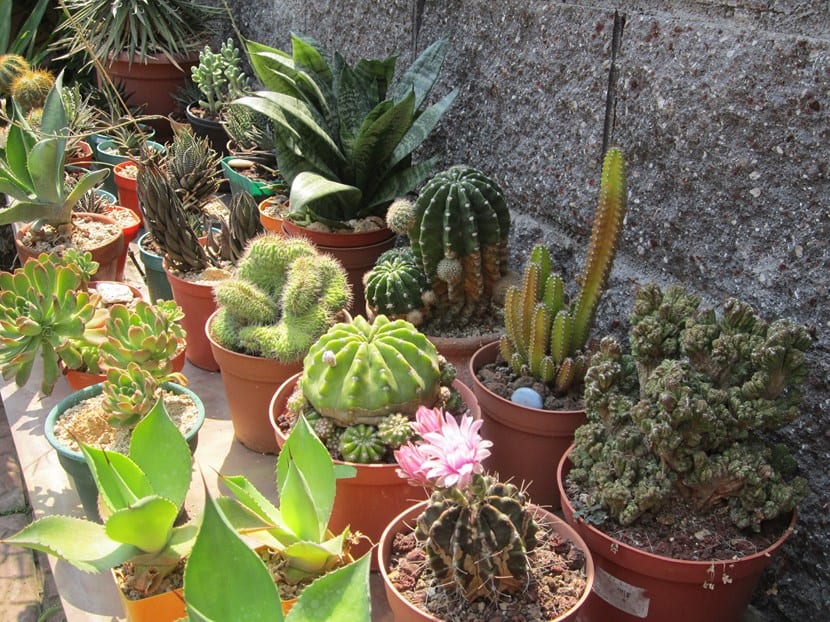
If you are ashamed to ask certain questions, I encourage you to clear up your doubts, no matter how basic they are. After all, no one was born wise and there is nothing better than asking questions to reach good conclusions.
So don't be afraid of questions, even if you think that, by now and given your mastery of the pick and shovel, you should already know everything about the world of plants.
Succulent plants, succulent plants… Are we talking about the same thing?
Farsighted plants

Without a doubt yes, succulent plants are also known as succulent plants, even as fleshy plants because it is a group that adds those species with fleshy bodies -root, stem-leaves- that can absorb and store water in order to tolerate severe droughts.
70% of these plants live in arid and semi-arid areas, as is the case of deserts, although there are species that inhabit cold and mountainous areas, with a high humidity index.
The fleshy bodies of succulent plants are the product of the adaptation that plants have had to have to adjust to the environment, that is, to inhospitable places, with little rain and extreme heat. The accumulation of water is what allows them to survive and this is added a fast flowering and fruiting which is what allows the species to continue.
El stored water from succulent plants it is what allows them to survive for long periods. The tissues of the body contract or expand according to the amount of water in order to accumulate more during the rains and that is why the stems of these plants have very varied shapes, which depend on the needs of each plant. We can find succulents with wide and short stems and others long and thin, spherical or flattened. Some even store water in the roots, as is the case with the genus Peniocereus.
Varieties

While many people associate succulents with the cactus family they also include others such as Liláceas –Pitas, Aloes and Gasterias-, the Composite, Crassuláceas, Agaváceas and Mesembri. If the Cactaceae other succulents accumulate water in the stems, they do it in the fleshy leaves or in the roots.
To account for a succulent plant you can pay attention to the following characteristics of succulent plants:
- hard skin
- short flowering
- presence of thorns
- stomata open at night
- they are fleshy and thick
Hello Maria!
I wanted to know if there are small, short-stemmed succulents that hardly grow. They are for making green squares, and if they start to grow a lot they start to hang a lot. Thanks!
Hi Agus.
Well, Maria no longer writes here, but I'll answer you 🙂.
Small succulents you have the Sempervivum, the Sedum, the Graptopetallum, or even the Echeveria.
A greeting.